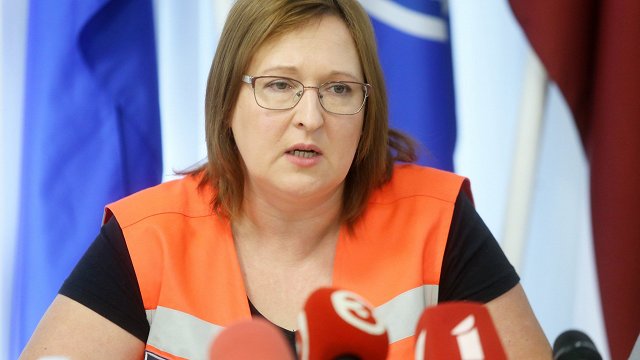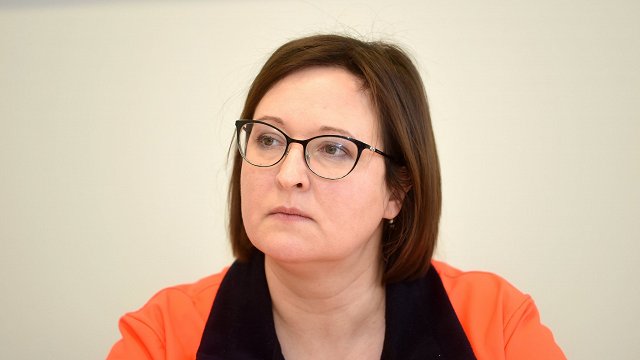This was done following the move by the World Health Organization on March 11, 2020 declaring a global pandemic.
As LSM reported at the time, educational institutions were closed as of March 13 and large public gatherings of more than 200 people were banned.
On March 12, 2020, Latvia had a total of 16 confirmed cases of coronavirus.
At first, the state of emergency was set to run until April 16 but was extended until June 10. Having seemed to negotiate the first wave of coronavirus fairly successfully compared to the experience of many other countries, some restrictions were then eased with Prime Minister Krišjānis Kariņš saying: "Today is the last day when we have a state of emergency and tomorrow we will return in the direction of normal or everyday life, but with, nevertheless, some restrictions."
By the middle of the year, officials and government agencies even started to boast of being "Ahead of the curve" and started to use Latvia's supposed success as the backbone of a national marketing campaign.
However, this did not last, as the infection case count started to rapidly increase in autumn and a second state of emergency was declared November 9. Having been extended multiple times, it is still running and is currently set to expire April 6.
Latvia currently shows a downward trend in Covid-19 morbidity, but there is fear of a possible third wave, as a new, more contagious strain of the virus is looming and has led to a massive outbreak in several European countries, including neighboring Estonia.
Amidst all this, Latvia's vaccination rate is one of the slowest in the EU, slightly ahead only of Bulgaria. The process is problem-plagued from many perspectives, showing both errors in initial procurement and inability to distribute vaccines throughout the country, as well as reluctance of the public to get vaccinated.
Nevertheless, a stated aim of government policy was to "flatten the curve" of the disease and in this respect Latvia seems to have been fairly successful so far, avoiding the wild fluctuations in figures witnessed in many countries. This is well demonstrated in this graph from statistician Jānis Hermanis.
Latvija ?? sāk izskatīties labāk uz kopējā ES fona. Daļēji dēļ mūsu pašu uzlabojumiem, daļēji - dēļ pasliktināšanās citur. Dažviet, piemēram, ??????????, noticis lēciens no diezgan zema atspēriena punkta.
— Jānis Hermanis (@J_Hermanis) March 11, 2021
ES valstis ar inficēšanās līmeni virs vidējā ES ?? rādītāja: pic.twitter.com/eDTAGzm7ZR





























